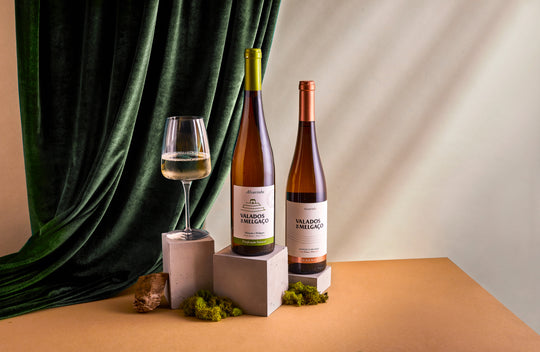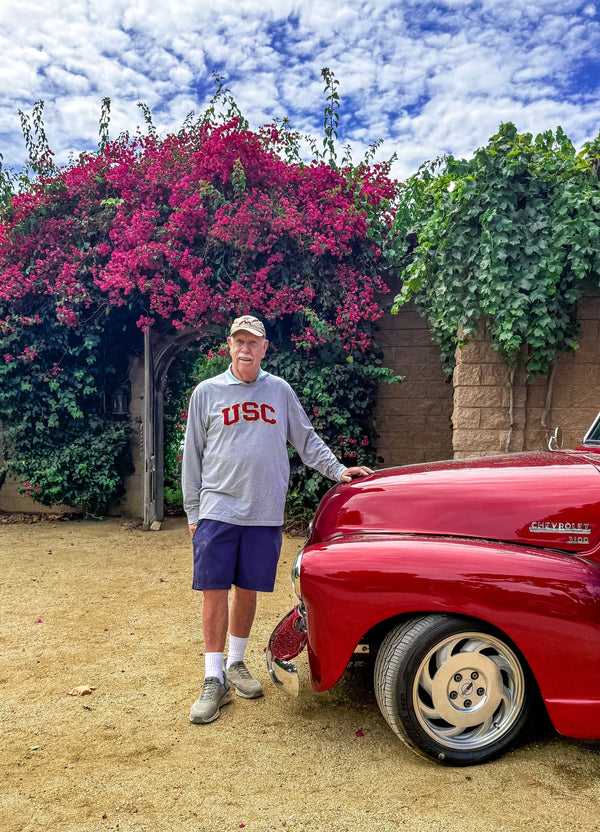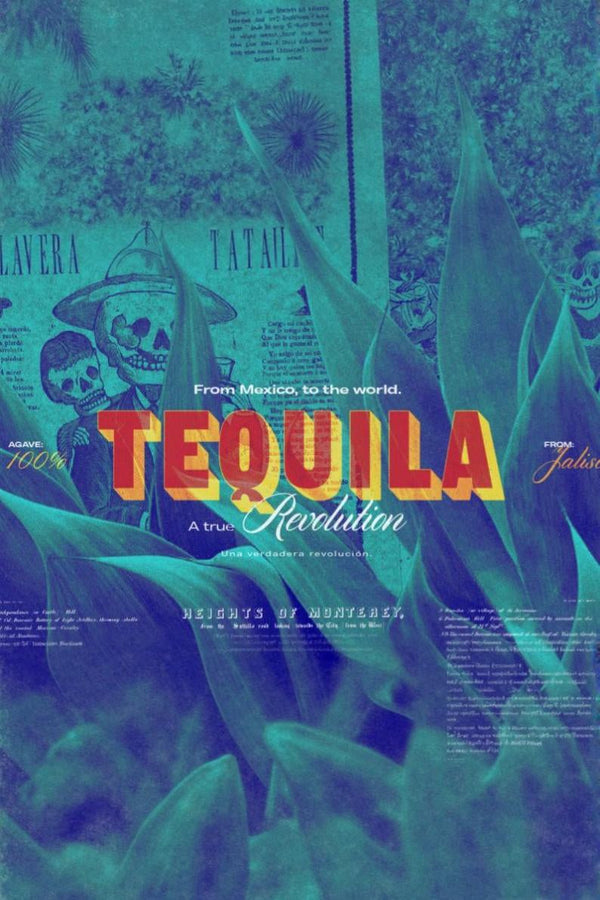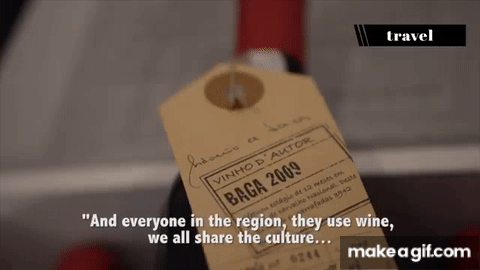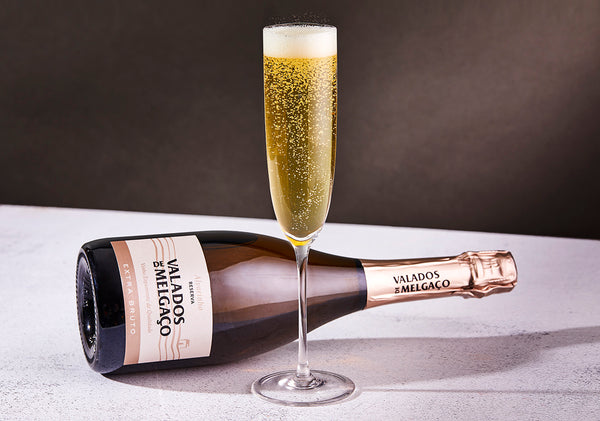Bolivian Wine: from the Andes to your Table

Bolivia may not instantly come to mind when one thinks of wine, but the South American country has a long and rich viticulture history that dates back to the arrival of the Spanish missionaries, who first planted vines around the wealthy silver-mining city of Potosi in the mid-16th century.
The landlocked country has some of the oldest vines still producing wine in its four wine regions: Samaipata in the northern border of the Amazon rainforest, the Tarija Valley in the southern region of the country, as well as the Cinti Valley and the Santa Cruz Valley in the central area.
Some 90 percent of wine production is concentrated in the Tarija Valley, where there are over 2,400 hectares of vineyards planted in altitudes that range from 5,240 to 7,000 ft. above sea level. Nestled between the Andean mountain range, the nights in this area are cool and daytime temperatures rarely reach above 90 degrees Fahrenheit.
Originally, the vines wrapped around large trunks of pink peppercorn “molle” trees and crawl up, intertwining with tree branches and other vines, providing a blend of Criolla grape varieties, the first to arrive in the country.
The most important varietals were Negra Criolla and Moscatel of Alexandria, which began to be distilled into a local brandy called singani, a highly alcoholic celebratory drink.
Bolivian wine production remained pretty much unchained until the 20th century, when European technology entered and revitalized the local industry, turning it from an artisan to commercial scale.
International varieties now planted in Bolivia include Cabernet Sauvignon, Syrah, Merlot, Malbec, Tannat, Garnacha, Barbera, Sauvignon Blanc, Riesling, Franc Colombard and Chenin Blanc, but Moscatel of Alexandria remains the most popular.
Originally found in Egypt, Moscatel of is a white wine grape that is considered an ancient vine and one of the oldest genetically unmodified vines still in existence.
There are now 65 wineries around the country, many of them based around the city of Tarija, near the border with Argentina, which along with Asian and Spain influence the nation’s cuisine, a mixed of grilled meats and spicy flavors.
An Andean Treasure
Among the best places to experience Bolivia’s wines and gastronomy is Gustu one of the worlds 50 best restaurants. Named for the quechua word for flavor, the restaurant and bar located in the nation’s capital of La Paz opened in April 2012 under the management of Head Chef Marsia Taha.
The restaurant combines aromas, flavors and colors of the entire Bolivian landscape, from Amazonian cucumber to silky palm marrow and alpaca, mixed with deconstructed dishes of potatoes and corn.
And to pair these magnificent dishes and guide wine enthusiasts at the restaurant is Denmark-born sommelier Bertil Tottenborg.
A graduate of Copenhagen Wine Academy, Bertil Tottenborg began his career in prestigious Danish restaurants before joining Gustu in 2015, where he has become an expert in all the different wines, spirits, artisanal beers and coffees of the Andean country.
Among the country’s best known wines is Aranjuez Single Vineyard Origen Tannat and Aranjuez ‘Duo’ Torrontes Moscatel de Alejandria, as well as Kohlberg Cabernet Sauvignon and Los Parrales Singani brandy.
Tottenborg will share his knowledge about Bolivian wines and beverages during a virtual SommClass to be held Thursday October 29 at 5 p.m. Pacific Standard Time.
He will also delve into the distinctive peculiarities of Bolivian wine and cuisine, best pairings and the country’s wine industry.
The online event offers an invaluable insight into little known vintners who are producing world class collections, such as when the 2012 Aranjuez Juan Cruz outperformed wines from other well-known South American rivals to win the gold medal in 2013 at the Tannat al Mundo competition.
Tottenborg will detail the Andean vintner treasure encompassing several tiers of quality, from everyday blends to oak-aged single variety wines, most of them in the traditional semi-sweet style.
The most prominent wine style in Bolivia is that of tannic reds with plush texture and acute floral aroma, hand harvested and produced with fairly minimal intervention.
He will also discuss in detail the country’s national drink, singani, which was first distilled by monastic orders needing sacramental wine. It is now part of the country’s legacy and has been declared a Domain of Origin and a Geographical Indication by the Bolivian government.
You can drink this brandy straight, simply with ice and lime, it is also a multi-functional spirit, used in cocktails and other drinks, including Sucumbé, a cocktail consisting of singani, milk, egg and cinnamon believed to have originated within the small Afro-Bolivian community who drank it to combat the brutal cold of the region, or the sweet and refreshing Yungueño, a mixture of singani, syrup and orange juice.
As head sommelier at social project Gustu, Tottenborg works very close with wine producers and knows the ins and outs of the country’s diverse vintners, from those manufacturing small batches to commercial outfits. He can recommend the best Bolivian wines and spirits for your particular palate.
The engaging virtual classes allow participants to ask questions and get straight, knowledgeable answers in an intimate, safe setting with other people similarly interested in getting to know more about the world’s gastronomy and wines.
The meetings also give you a chance to travel and get a peek into far away locales from those who know those destinations best, widening your world even from the comfort of your home.
And in the case of Bolivia, you can tap into an Andean wine and cuisine treasure just ready to be discovered.

